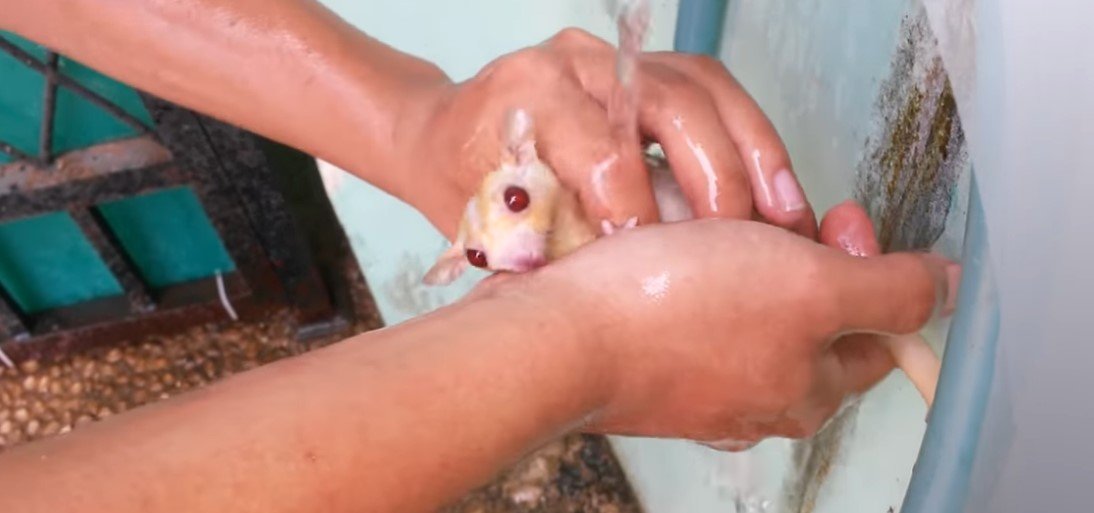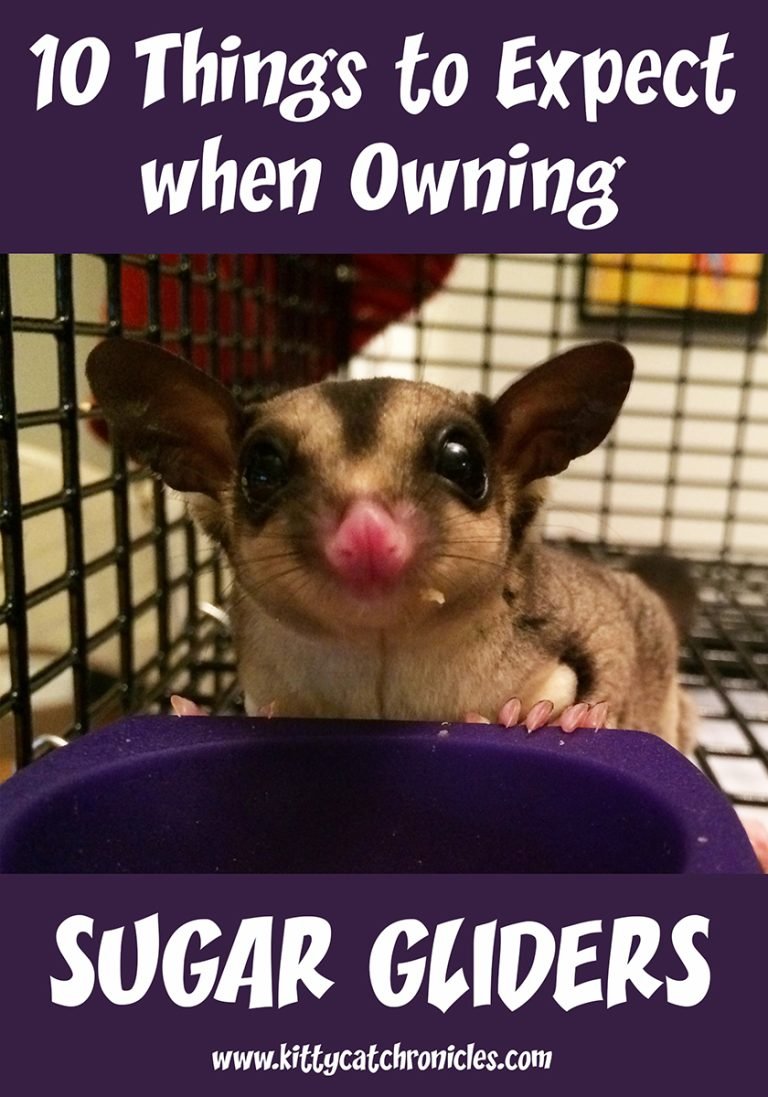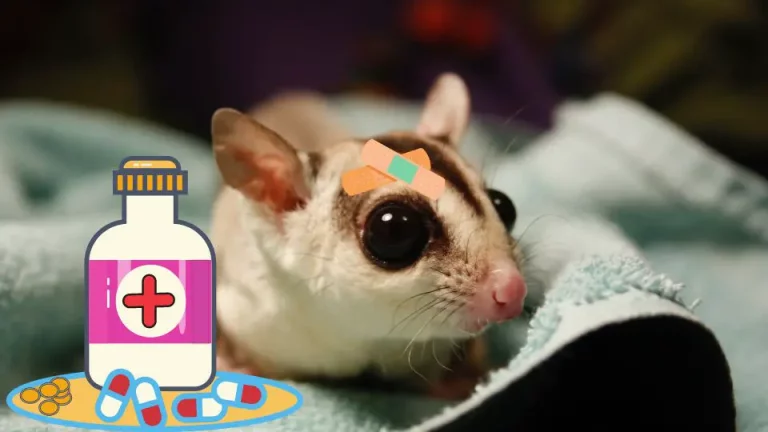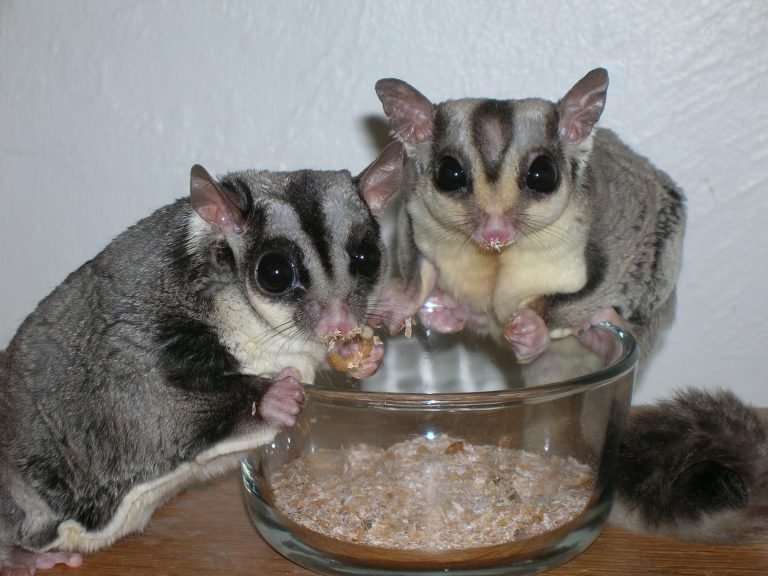Should I Bathe My Sugar Glider
Bathing your sugar glider may not be a common topic of discussion among pet owners, but it is one that definitely warrants some attention. Sugar gliders are small, nocturnal marsupials native to Australia, and they are known for their unique bonding behaviors and grooming habits. In this article, we will discuss whether should i bathe my sugar glider.
But should you bathe your sugar glider? The simple answer is no, sugar gliders do not require regular baths like other pets such as dogs or cats. They are very clean animals and self-groom on a daily basis to maintain their hygiene. However, there are certain circumstances where bathing your sugar glider may be necessary. Let’s delve into the topic further to understand why..
Why don’t sugar gliders need regular baths?
Sugar gliders have a natural ability to keep themselves clean. They are equipped with specialized grooming tools that allow them to groom their fur and remove any dirt or debris. One such tool is their tongue, which they use to lick their fur and remove any dirt or oils. Additionally, sugar gliders have special scent glands located on their heads and chests, which produce oils that help keep their fur in good condition. These oils also serve as a natural repellent for parasites and pests.
When should you consider bathing your sugar glider?
While sugar gliders are generally capable of maintaining their own hygiene, there are certain situations where bathing may be necessary:
Sticky substances or toxins:
If your sugar glider accidentally comes into contact with a sticky substance such as glue or gum, or if they are exposed to any toxic chemicals, it may be necessary to give them a bath to remove the substance from their fur. However, it is important to note that sugar gliders are very small and delicate creatures, so extreme caution must be exercised during the bathing process to prevent injury.
Mites or parasites:
If you notice signs of mites or parasites on your sugar glider, such as excessive scratching, hair loss, or redness, a bath with a specially formulated anti-parasitic solution may be necessary. It is important to consult with a veterinarian before treating your sugar glider for any parasitic infestations.
Overheating:
In certain situations, sugar gliders may become overheated due to high temperatures or inadequate ventilation. If your sugar glider is displaying signs of overheating, such as heavy panting or lethargy, a quick bathe with slightly lukewarm water can help cool them down. It is imperative to be extremely cautious during this process and avoid using cold water, as it can send the sugar glider into shock.
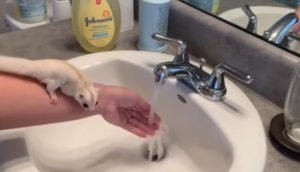
How to bathe your sugar glider
If you find yourself in a situation where bathing your sugar glider is necessary, it is important to follow the proper steps to ensure the safety and well-being of your pet. Here is a step-by-step guide on how to bathe your sugar glider:
Step 1: Prepare the bathing area
Choose a small, shallow container that is big enough to comfortably accommodate your sugar glider. Fill the container with around an inch or two of lukewarm water. It is crucial to use lukewarm water, as sugar gliders are sensitive to temperature changes.
Step 2: Gather the necessary supplies
Before you begin the bathing process, make sure you have all the necessary supplies within reach. These may include a mild, fragrance-free soap or shampoo specifically formulated for small animals, a soft washcloth or sponge, and a towel to dry your sugar glider.
Step 3: Introduce your sugar glider to the water
Gently place your sugar glider in the prepared bathing container. Be sure to support their body and avoid submerging their head or face in the water. It is essential to keep a firm grip on your sugar glider throughout the bathing process to prevent them from escaping or getting injured.
Step 4: Clean your sugar glider
Using a soft washcloth or sponge, gently clean your sugar glider’s fur with the mild soap or shampoo. Be careful not to scrub too hard or irritate their delicate skin. Pay extra attention to areas that may be dirty, such as the paws or tail.
Step 5: Rinse and dry
Once you have finished cleaning your sugar glider, carefully rinse their fur with clean lukewarm water to remove any soap residue. Use a clean, dry towel to pat them dry gently. It is crucial to ensure that your sugar glider is completely dry before returning them to their enclosure to prevent them from getting cold.
Frequently Asked Questions
1: Can I use regular human shampoo or soap to bathe my sugar glider?
No, it is not recommended to use regular human shampoo or soap on your sugar glider. These products may contain fragrances, chemicals, or ingredients that can be harmful to your pet. It is best to use a mild, fragrance-free soap or shampoo specifically formulated for small animals.
2: How often should I bathe my sugar glider?
As mentioned earlier, sugar gliders do not require regular baths. In fact, bathing them too frequently can strip their fur of essential oils and disrupt their natural grooming processes. Only bathe your sugar glider when necessary, such as in the situations mentioned earlier.
3: Can I bathe my sugar glider with other sugar gliders?
It is generally not recommended to bathe multiple sugar gliders together. Bath time can be a stressful experience for sugar gliders, and introducing multiple gliders into the same bathing container can increase the chances of anxiety or injury. It is best to bathe each sugar glider individually.
Final Thoughts
In conclusion, while sugar gliders do not require regular baths like some other pets, there are certain circumstances where bathing may be necessary. It is important to monitor the hygiene of your sugar glider and take appropriate action if they come into contact with sticky substances, toxins, or if they are showing signs of mites or parasites. However, it is crucial to exercise caution during the bathing process and consult with a veterinarian if needed. Remember, the well-being and safety of your sugar glider should always be the top priority.

